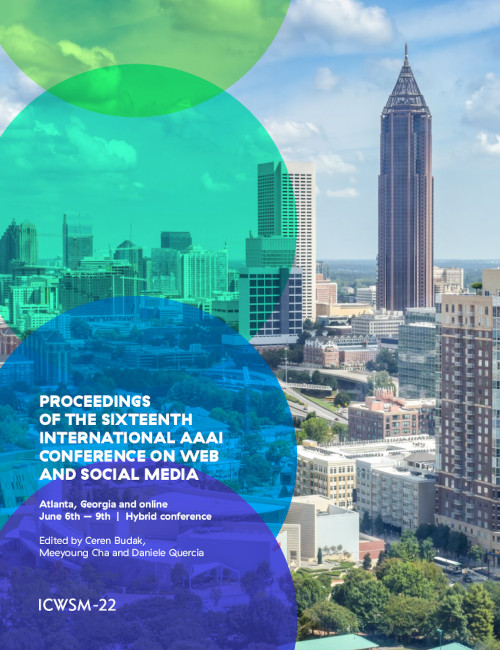Exploring Data Literacy Levels in the Crowd – the Case of COVID-19
DOI:
https://doi.org/10.1609/icwsm.v16i1.19395Keywords:
Human computer interaction; social media tools; navigation and visualization, New social media applications; interfaces; interaction techniques, Measuring predictability of real world phenomena based on social media, e.g., spanning politics, finance, and healthAbstract
During global health crises, the use of data becomes critical to control the spread of infections, to inform the general public and to foster safe behaviors. The ability of people to read and understand data (i.e., data literacy) has the potential to affect human behaviors. In this paper, we study non-expert human subjects' ability to make accurate interpretations of complex pandemic data visualizations designed for general public consumption. We present them with popular plots and graphs that have been shown by traditional and social media, and ask them to answer questions to assess their data literacy at three levels: extracting information, finding relationships among data, and expanding or predicting information. Our results show the presence of variance in interpretations and reveal insights into how messages communicated through data may be perceived differently by different people. We also highlight the importance of designing communication strategies that ensure the spread of the right message through data.Downloads
Published
2022-05-31
How to Cite
Fan, S., Han, L., Demartini, G., & Sadiq, S. (2022). Exploring Data Literacy Levels in the Crowd – the Case of COVID-19. Proceedings of the International AAAI Conference on Web and Social Media, 16(1), 1398-1403. https://doi.org/10.1609/icwsm.v16i1.19395
Issue
Section
Poster Papers

